Introduction
Dancing is an incredible way to stay fit, express yourself, and have fun. But as enjoyable as it is, dance workouts can put a lot of stress on your feet. Without proper protection, you risk injuries like blisters, sprains, or even long-term damage. Your feet are the foundation of your movements, so taking care of them is essential for both performance and longevity in dance.
In this guide, we’ll cover everything you need to know about protecting your feet during dance workouts, from choosing the right footwear to strengthening exercises and injury prevention. Let’s dive in!
Choosing the Right Footwear

Your shoes can make or break your dance experience. Wearing improper footwear can lead to pain, blisters, or even serious injuries.
Why Dance-Specific Shoes Matter
Dance shoes are designed with flexibility, grip, and support in mind. Regular sneakers might not provide the movement and protection needed for dance workouts. Investing in a good pair of dance shoes ensures better performance and reduces the risk of injury.
Types of Dance Shoes
Different dance styles require different shoes:
- Ballet: Soft ballet slippers or pointe shoes for advanced dancers
- Hip-Hop: Supportive sneakers with good cushioning
- Jazz & Contemporary: Jazz shoes or dance sneakers
- Ballroom & Latin: Heeled dance shoes with secure straps
- Barefoot Dancing: Great for flexibility but requires extra care to avoid injuries
Key Features to Look For in Dance Shoes
- Arch support: Prevents strain on the feet
- Cushioning: Reduces impact on joints
- Grip: Prevents slipping on dance floors
- Flexibility: Allows natural movement of the foot
If you prefer dancing barefoot, be mindful of surface conditions and consider using protective foot pads or wraps for extra support.
Proper Warm-Up and Stretching
Before you start dancing, it’s crucial to warm up and stretch your feet properly. Cold muscles and stiff joints are more prone to injuries.
Best Foot and Ankle Stretches
- Toe Point and Flex: Alternate between pointing and flexing your toes to improve mobility.
- Ankle Circles: Rotate your ankles in both directions to loosen up the joints.
- Calf Stretches: Stretching your calves prevents tightness that can affect your feet.
- Arch Lifts: Strengthens the arches of your feet to reduce strain.
Dynamic vs. Static Stretching
- Dynamic stretches (before dancing): Help activate muscles and prepare them for movement.
- Static stretches (after dancing): Help relax and lengthen muscles after a workout.
Common Mistakes to Avoid
- Skipping the warm-up altogether
- Rushing through stretches
- Holding a stretch for too long before warming up
Taking just five to ten minutes to prepare your feet can make a big difference in preventing injuries.
Strengthening Exercises for Foot Health
Strong feet can handle the demands of dancing better, reducing fatigue and injury risk.
Best Exercises for Strong Feet
- Toe Curls: Place a towel under your toes and scrunch it up to strengthen foot muscles.
- Arch Lifts: Stand on the balls of your feet and lift your arches without curling your toes.
- Resistance Band Exercises: Use a resistance band to work on foot strength and flexibility.
- Balancing on One Foot: Improves stability and control during dance movements.
How to Incorporate These Exercises
- Perform them daily for 5–10 minutes.
- Add them to your pre-dance warm-up routine.
- Use them as a cooldown after dance practice.
Strong feet lead to better balance, improved agility, and a lower risk of injury.
Proper Dance Techniques to Reduce Strain
Even with the best shoes and strongest feet, poor technique can still lead to injuries.
Essential Footwork Tips
- Keep your weight evenly distributed to avoid putting too much pressure on one area.
- Land softly when jumping to reduce impact on joints.
- Use your whole foot rather than dancing only on your toes or heels.
- Listen to your body—if something feels off, stop and adjust.
Avoiding poor posture and improper movements will help keep your feet pain-free and ready for the next dance session.
Foot Care and Hygiene

Taking care of your feet goes beyond just preventing injuries—it’s also about keeping them clean and healthy. Proper foot hygiene can prevent infections, blisters, and unpleasant odors, allowing you to dance comfortably.
Best Practices for Keeping Feet Clean and Dry
- Wash your feet daily with warm water and mild soap to remove sweat and bacteria.
- Dry them thoroughly, especially between the toes to prevent fungal infections.
- Use foot powder or anti-fungal spray to keep moisture under control.
Preventing Blisters and Calluses
Blisters and calluses are common for dancers, but they can be avoided with the right precautions.
- Wear moisture-wicking socks to reduce friction.
- Apply blister-prevention tape or moleskin to areas prone to rubbing.
- Keep your toenails trimmed to prevent painful pressure against shoes.
How to Deal with Sweaty Feet
Sweaty feet can lead to discomfort and even slips while dancing.
- Choose breathable footwear to allow airflow.
- Use foot deodorants or sprays to keep odor in check.
- Change socks frequently during long dance sessions.
A little extra foot care can go a long way in keeping you comfortable and ready to dance your best.
Injury Prevention and Treatment
Despite all precautions, injuries can still happen. Knowing how to prevent and treat them is crucial for staying on your feet.
Common Dance-Related Foot Injuries
- Plantar Fasciitis: Heel pain caused by overuse and inflammation.
- Ankle Sprains: Twisting injuries that cause swelling and pain.
- Stress Fractures: Tiny cracks in the bones from repetitive impact.
- Blisters and Corns: Caused by friction and improper footwear.
Recognizing Early Signs of Injury
- Persistent pain that doesn’t go away with rest.
- Swelling or bruising in the foot or ankle.
- Difficulty putting weight on the foot.
Rest and Recovery Techniques
- RICE method (Rest, Ice, Compression, Elevation) for minor injuries.
- Foot massages and stretching to relieve tension.
- Using ice packs or heat therapy for pain relief.
When to Seek Professional Help
If pain persists for more than a few days, or if you suspect a serious injury, see a podiatrist or physical therapist. Ignoring injuries can lead to long-term problems that could affect your ability to dance.
Using Supportive Accessories
Sometimes, extra support can make all the difference in preventing foot pain.
Benefits of Orthotics and Insoles
Orthotic inserts provide additional arch support and cushioning, reducing strain on the feet. They are especially useful for dancers with flat feet or high arches.
Toe Pads and Cushioning for High-Impact Styles
Ballet and contemporary dancers often use toe pads to protect their toes from bruising and blisters.
Compression Socks and Wraps
Compression socks help improve blood circulation, reducing swelling and fatigue in the feet. Ankle wraps offer extra support for those prone to sprains.
If you experience frequent foot pain, investing in these accessories may help prevent discomfort and long-term damage.
Nutrition and Hydration for Healthy Feet

What you eat and drink affects your foot health just as much as your footwear and stretching routine.
Best Foods for Strong Bones and Joints
- Calcium-rich foods (dairy, leafy greens, almonds) help strengthen bones.
- Protein sources (lean meats, eggs, tofu) support muscle recovery.
- Omega-3 fatty acids (salmon, flaxseeds, walnuts) reduce inflammation.
Staying Hydrated to Prevent Cramps
Dehydration can cause muscle cramps, affecting your foot flexibility and endurance. Drink plenty of water before, during, and after your dance workouts.
A balanced diet and proper hydration will keep your feet strong and ready for long dance sessions.
Cooling Down and Recovery Techniques
Just as warming up is essential before dancing, cooling down is just as important after a workout.
Best Foot Massage Techniques
Massaging your feet after dancing helps relieve tension and improve circulation.
- Use a tennis ball or massage roller to roll out tight muscles.
- Apply gentle pressure to sore spots using your hands.
- Try reflexology techniques to target pressure points.
Ice Baths and Heat Therapy
- Ice baths reduce inflammation and swelling after intense dance workouts.
- Heat therapy (warm foot soaks or heating pads) relaxes stiff muscles.
Foam Rolling for Foot and Calf Relief
Using a foam roller on your calves helps release tightness that affects foot movement.
Incorporating these recovery methods will help you dance pain-free for longer.
Listening to Your Feet: When to Take a Break

Pushing through pain can lead to long-term damage. It’s important to recognize when your feet need rest.
Signs of Overuse and Burnout
- Persistent foot pain even after rest.
- Swelling or bruising that doesn’t go away.
- Reduced flexibility and stiffness.
Why Rest Days Matter
Allowing your feet time to recover helps prevent chronic injuries and improves performance. Make rest days a priority in your dance routine.
How to Modify Workouts to Reduce Strain
If you’re experiencing discomfort, try lower-impact dance moves or cross-train with activities like swimming or yoga.
Listening to your body is key to maintaining a long and healthy dance journey.
Special Considerations for Different Dance Styles
Each dance style places different demands on your feet, requiring specific care strategies.
Ballet Dancers
- Use pointe shoe padding to protect toes.
- Strengthen ankles with targeted exercises.
Hip-Hop & Street Dance
- Wear shock-absorbing sneakers for high-impact moves.
- Stretch calves and Achilles tendons to prevent tightness.
Jazz & Contemporary Dance
- Choose flexible jazz shoes for optimal movement.
- Be cautious of barefoot dancing on hard floors.
Ballroom & Latin Dance
- Use secure, well-fitted heels for proper support.
- Pay attention to foot placement to avoid strain.
Understanding the unique foot care needs of your dance style will help prevent injuries and improve your performance.
Conclusion
Taking care of your feet is essential for every dancer. From choosing the right shoes to strengthening exercises, proper foot hygiene, and recovery techniques, every step matters. By listening to your body, practicing good habits, and using supportive accessories, you can enjoy dance workouts without pain or injury.
Protect your feet, and they’ll keep you dancing for years to come!
FAQs
1. What are the best shoes for dance workouts?
The best shoes depend on the dance style, but they should provide arch support, cushioning, and flexibility. Jazz shoes, ballet slippers, and dance sneakers are popular choices.
2. How can I prevent blisters while dancing?
Wear moisture-wicking socks, apply blister prevention tape, and ensure your shoes fit properly.
3. What should I do if my feet hurt after dancing?
Rest, ice sore areas, massage your feet, and stretch to relieve tension.
4. Can I dance barefoot without injuring my feet?
Yes, but be cautious of the surface. Consider using foot wraps or toe pads for protection.
5. How often should I replace my dance shoes?
Replace dance shoes every 6–12 months, depending on how often you use them. Look for signs of wear like reduced cushioning or poor grip.






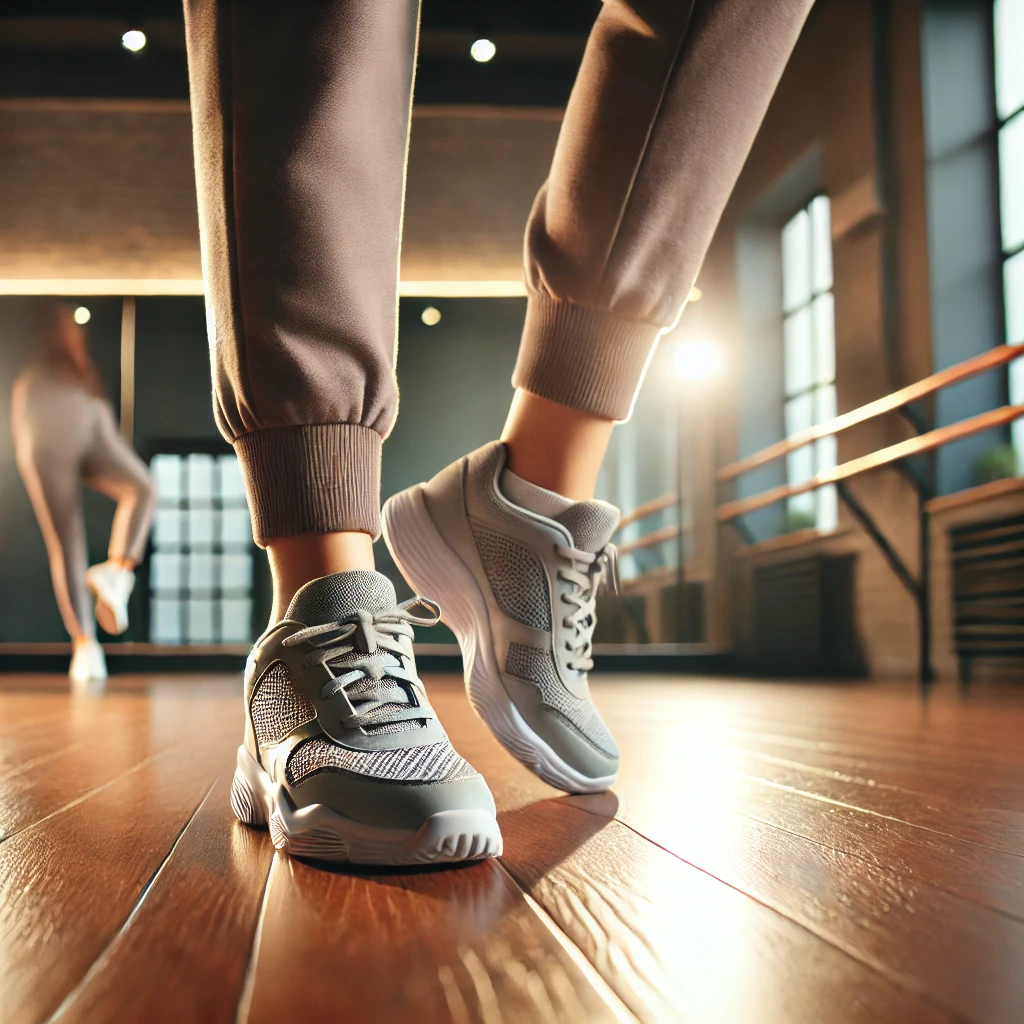
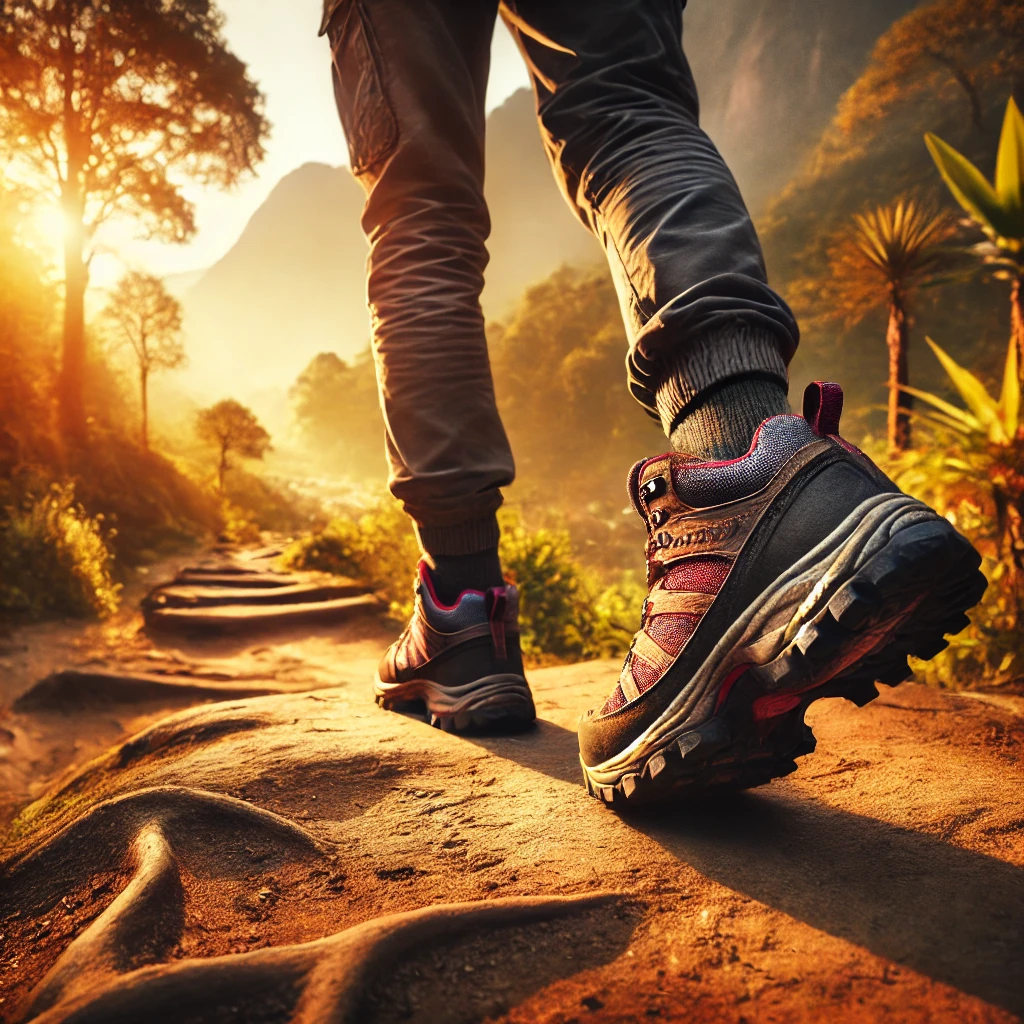
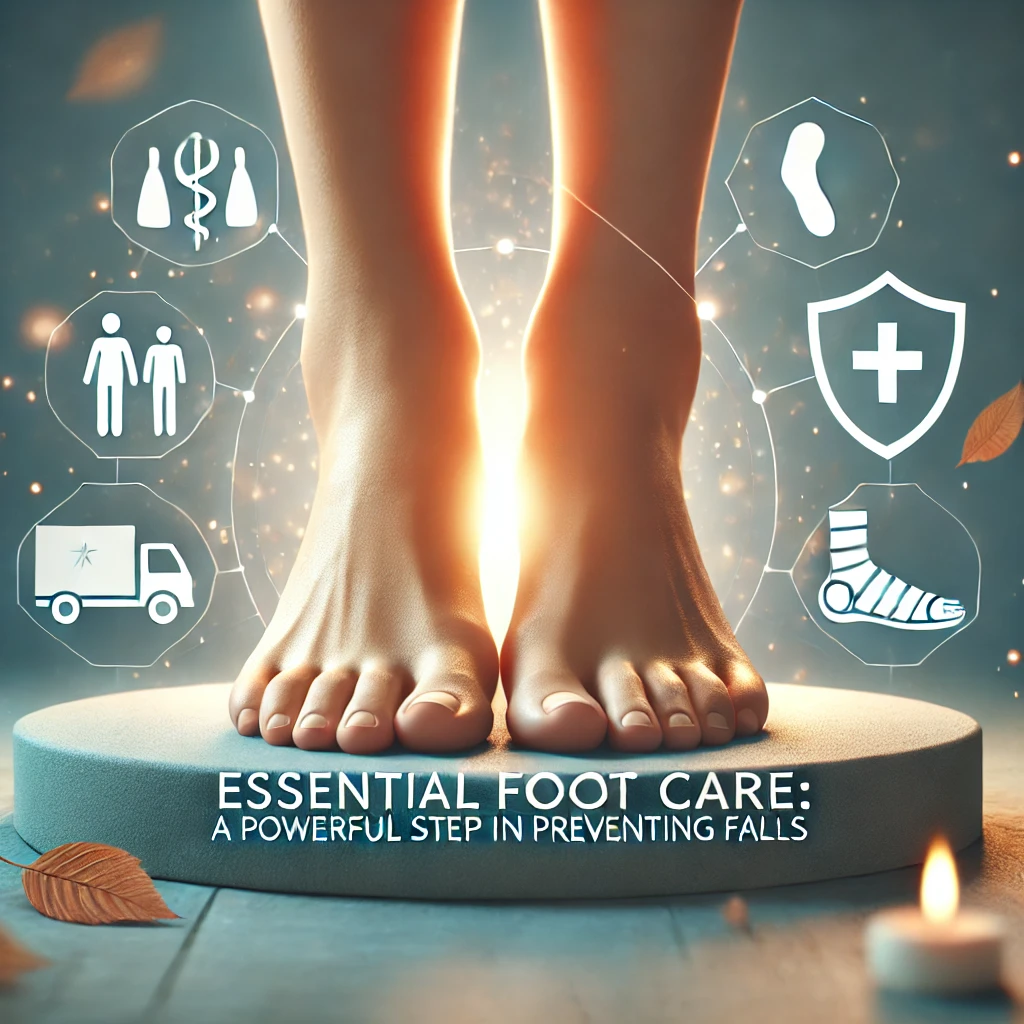
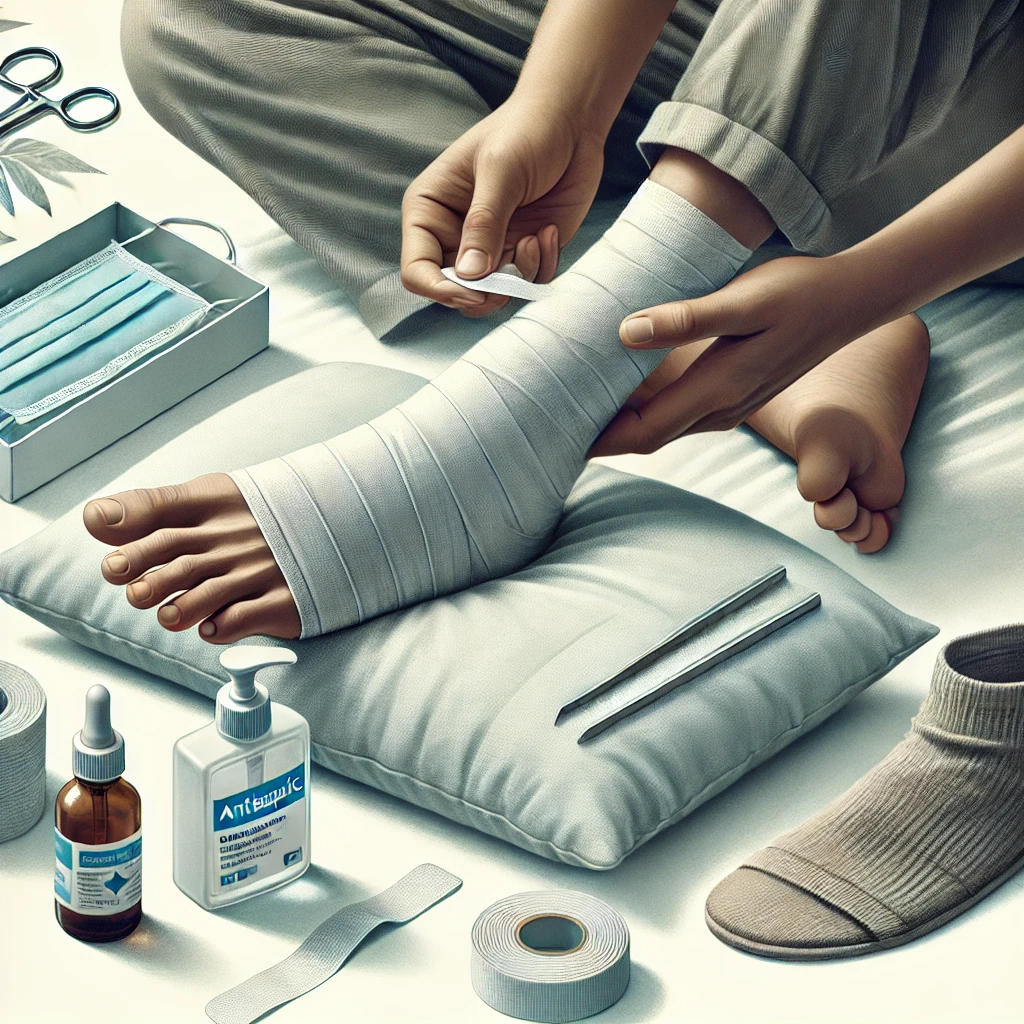
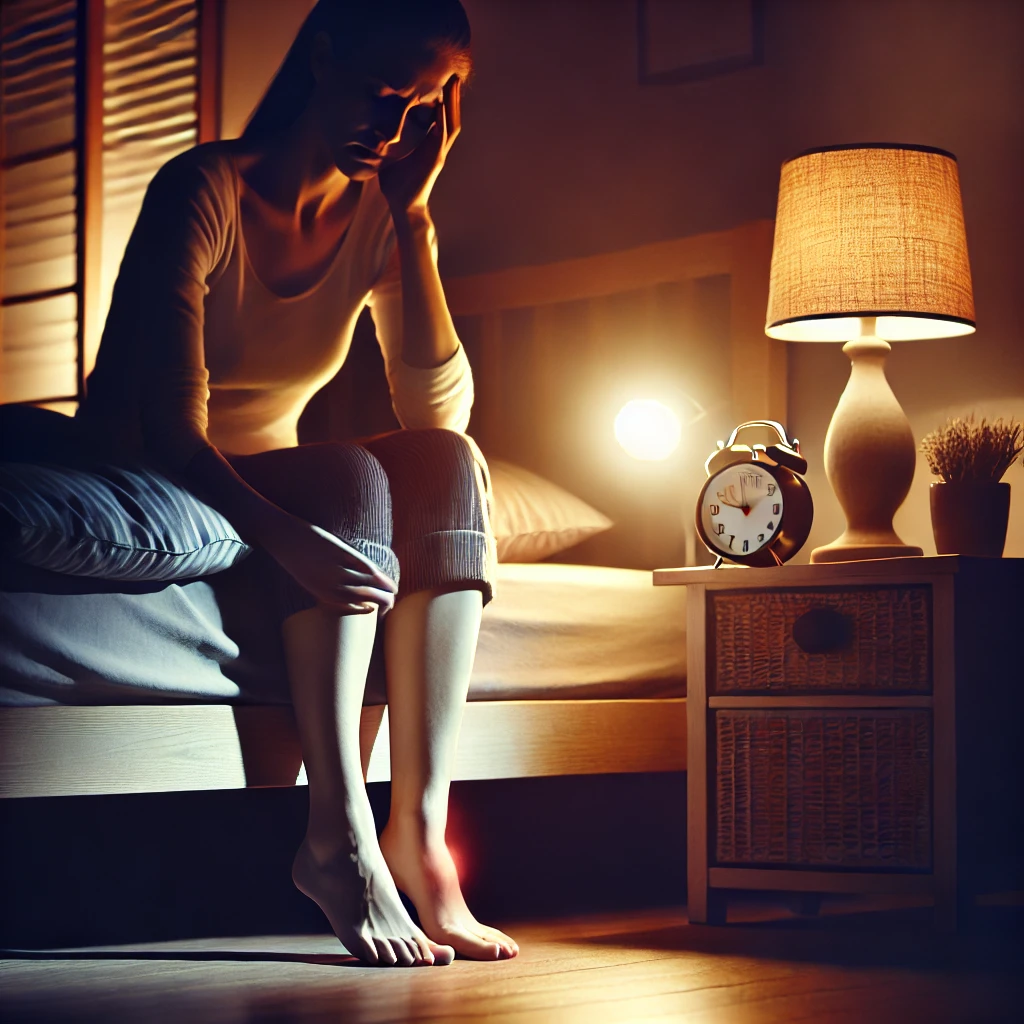
It’s amazing ffor mme to have a web page, which is valuable desgned for mmy knowledge.
thanks admin
Awesomje site yyou have here buut I was wondering if you knew of any cmmunity forums hat coveer thhe saje topics discussed iin thi
article? I’d reakly likle too bee a part of commmunity whrre I ccan get
suggestions from other knowledgeable indivbiduals that
share thee same interest. If you have any recommendations, plase
leet me know. Bless you!